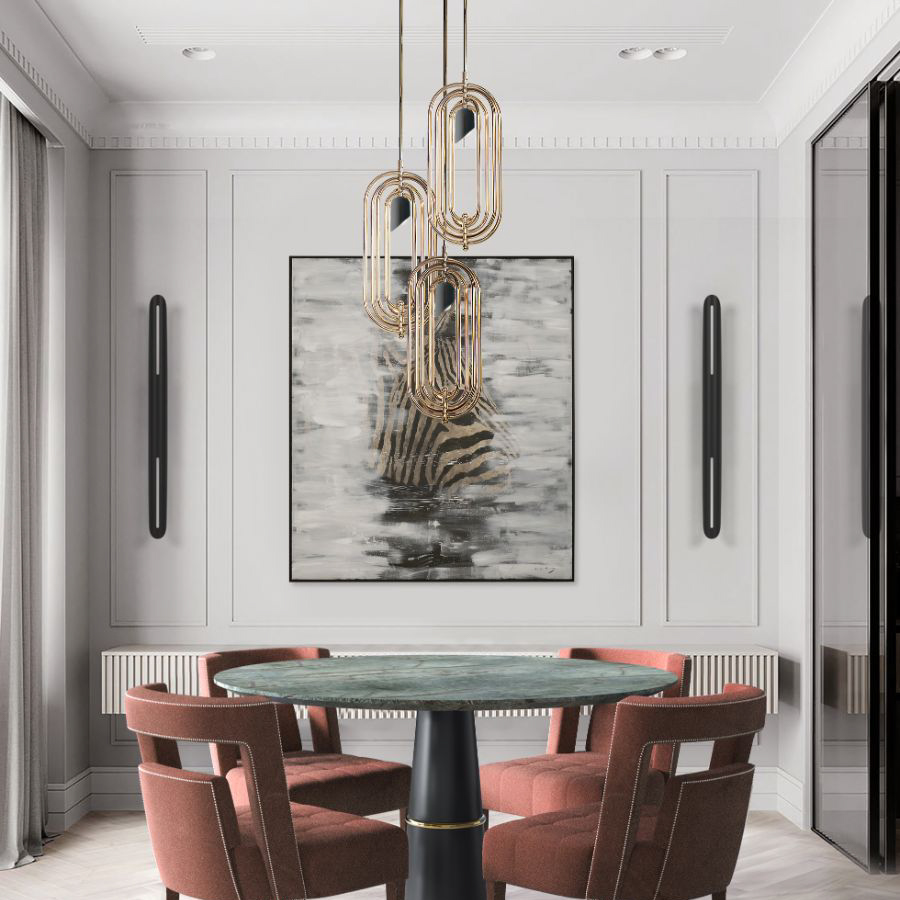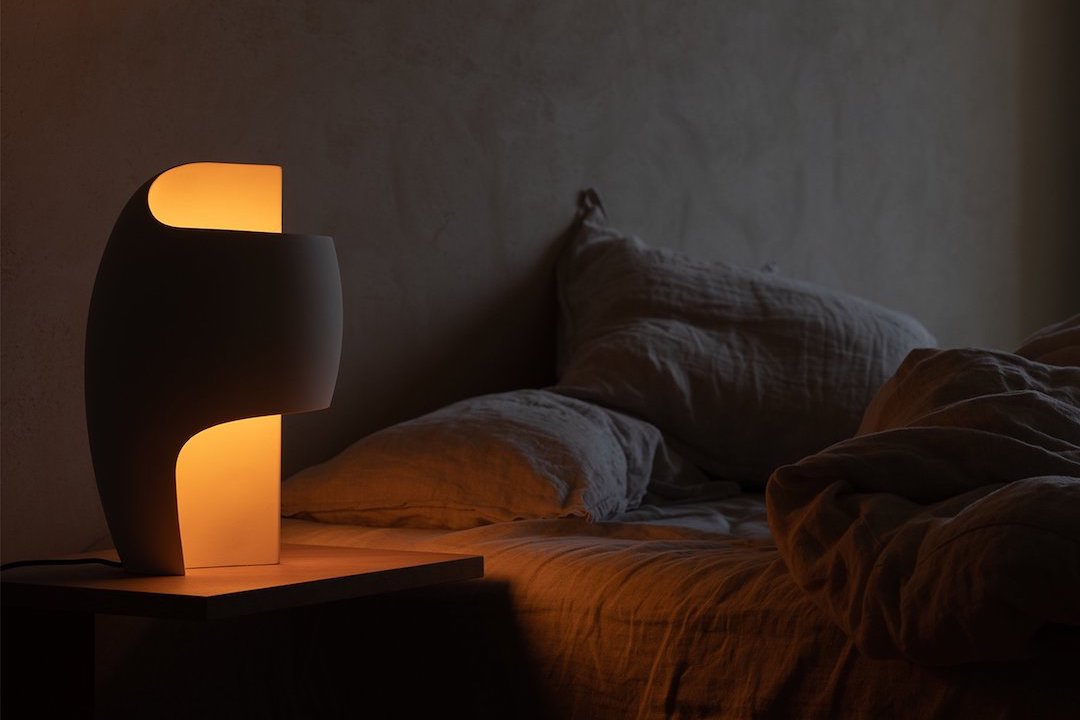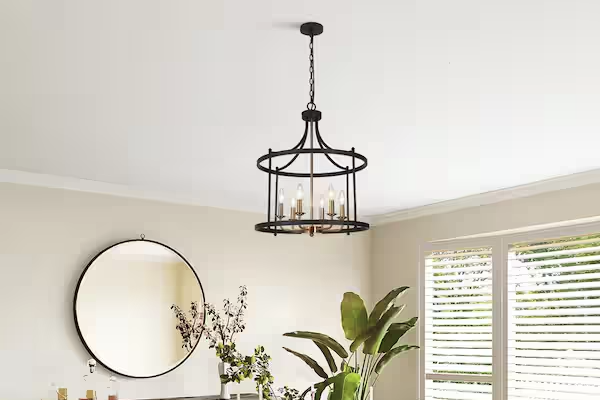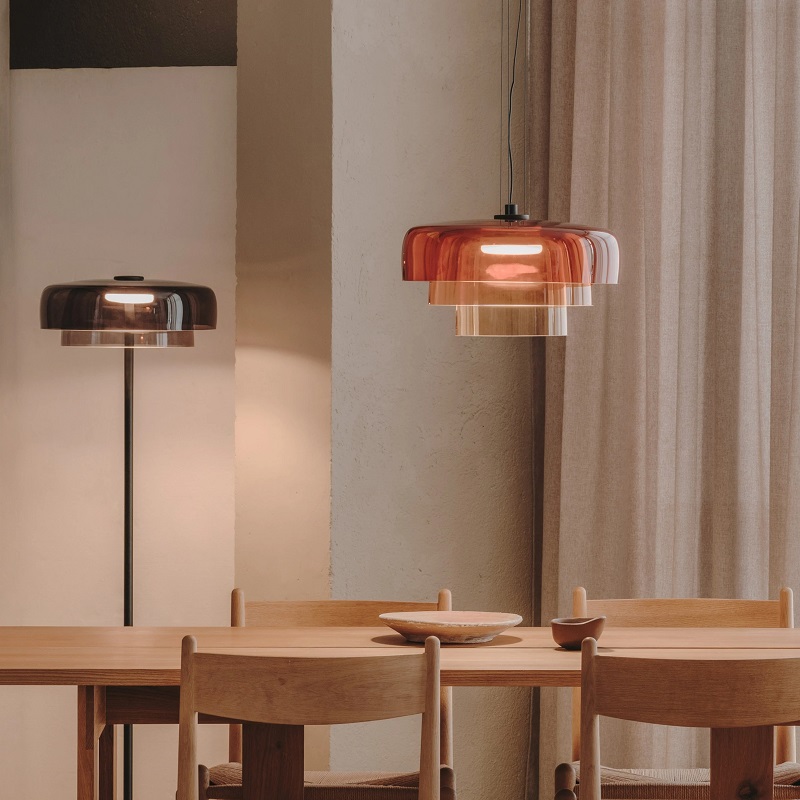Urban lamps, also known as streetlights, are a common sight in cities throughout the world. These lamps serve an essential function – illuminating our streets and public spaces during the night, making our cities safer and more inviting. However, urban lamps are not just functional fixtures; they can also be aesthetically pleasing, adding to the visual landscape of the city. In this article, we will explore the history and evolution of urban lamps, their role in our lives and cities, and the different types of urban lamps used today.
A Brief History of Urban Lamps
Urban lamps have been used since ancient times, with some of the earliest records of artificial lighting dating back to around 400 BC. However, it was not until the 19th century that street lighting became widespread, with the introduction of gas lamps. These lamps were first used in London in 1807 and quickly became popular throughout Europe and the United States.
Over time, electric lamps replaced gas lamps, starting with arc lamps in the late 1800s and then incandescent lamps in the early 1900s. In the 1960s, high-pressure sodium lamps were introduced, followed by metal halide lamps in the 1970s. Today, LED lamps have become the norm, due to their high efficiency and long lifespan.
The Role of Urban Lamps in Our Lives and Cities
Urban lamps play a critical role in our daily lives, providing safety and security for people and property. By illuminating streets, sidewalks, public spaces, and buildings, these lamps help to prevent accidents and crime, making our cities safer and more inviting. They also enable people to engage in various activities during the night, such as walking, cycling, driving, and socializing.
In addition to their functional role, urban lamps also have an aesthetic value, contributing to the visual landscape of our cities. Well-designed urban lamps can make a significant impact on the appearance of a street or neighborhood, creating a pleasant and welcoming environment. Furthermore, the use of different types of lamps, such as colored or patterned light, can enhance the beauty and atmosphere of urban spaces.
The Different Types of Urban Lamps
There are several types of urban lamps used today, each with its own unique characteristics and advantages. Some of the most common types include:
LED Lamps
LED lamps are now the most popular type of urban lamp due to their high energy efficiency, low maintenance cost, and long lifespan. They are also highly versatile, allowing for various colors, intensities, and beam angles.
Sodium Vapor Lamps
Sodium vapor lamps are known for their bright orange-yellow light and high efficiency. They are often used for street lighting, parking lots, and other outdoor areas.
Metal Halide Lamps
Metal halide lamps produce a bright white light and are commonly used for sports fields, large parking areas, and other outdoor spaces that require high visibility.
Incandescent Lamps
Incandescent lamps are an older, less efficient type of lamp that produce a warm, yellow light. They are still used in some areas, but are gradually being phased out in favor of LED lamps.
The Future of Urban Lamps
As technology continues to advance, urban lamps will likely become even more energy-efficient, cost-effective, and versatile. Furthermore, there is a growing trend towards smart lighting systems, which use sensors and data to optimize lighting levels based on real-time conditions. These systems can contribute to significant energy savings and reduce light pollution.
Urban lamps play a vital role in our cities and our lives. They serve a functional purpose by providing safety and security during the night and also contribute to the visual beauty and atmosphere of our urban spaces. With advances in technology and the development of smart lighting systems, the future of urban lamps looks bright. We can expect to see even more energy-efficient, cost-effective, and sustainable lighting solutions in the years to come.
References
- “A Brief History of Street Lighting.” Rexel Energy Solutions.
- “Different Types of Street Light Lamps You Need to Know.” Streetlights.org.
- “The Role of Street Lighting in Creating Livable Cities.” The Conversation.
- “The Future of Smart Lighting is Bright.” Forbes.




